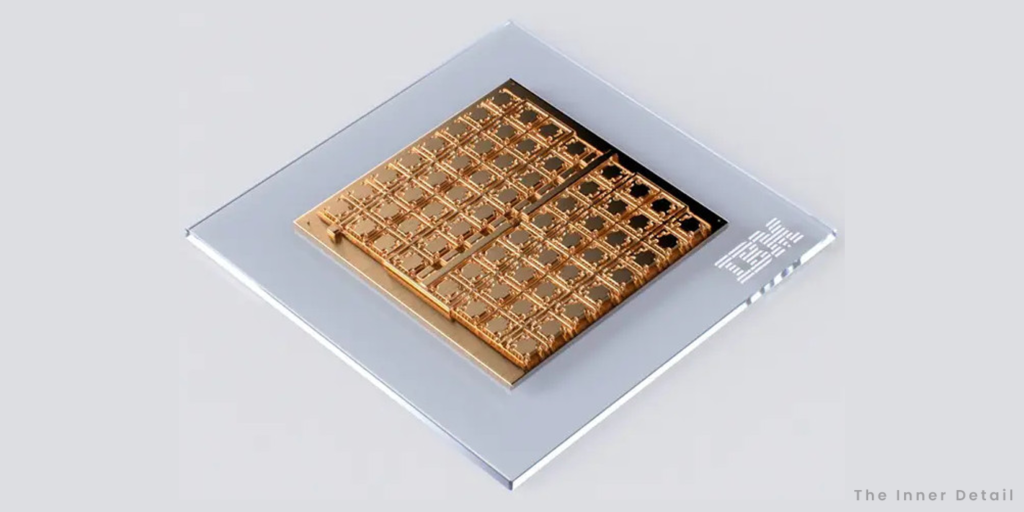IBM unveils the prototype of its new analog AI-chip that resembles a human brain in working, performing complex computations using deep neural networks (DNN).
Artificial Intelligence incites a revolutionary change in all realms it has been equipped, guaranteeing for precision and efficiency, besides being time-effective. The onset of AI models indeed calls the need for sufficient hardware, in order to handle more complex problems seamlessly. Unfortunately, the work on AI-based hardware is scarce to little, with only few firms like IBM, Nvidia working on that.
IBM in the recent update, revealed its analog AI chip, that’s way better than traditional computing and capable enough in solving complex problems.
IBM’s analog AI Chip
IBM created this state-of-the-art, mixed-signal analog AI chip for running a variety of deep neural network (DNN) inference tasks, which are a class of machine learning algorithms, resembling the information processing of the brain.
The analog AI chip is composed of 64 analog in-memory compute cores (or tiles), each of which contains 256 x 256 crossbar array of synaptic unit cells. Compact, time-based analog-to-digital converters are integrated in each tile to transition between the analog and digital worlds.
Each tile also houses lightweight digital processing units that perform simple nonlinear neuronal activation functions and scaling operations. There’s a global digital processing unit at the middle of the chip, for implementing more perplex operations that are critical for the execution of certain types of neural networks. All the tiles and global digital processing unit are interconnected, just like how neurons are interconnected in our brain.
How it works?
In traditional computational systems like computers in your home, memory and processing units exist separately. This means the data are stored in a discrete memory location and the complex tasks that require constantly shuffling of data between the two units suffer slow down, limiting the maximum achievable energy potential.
IBM’s analog AI chip, in addressing this issue, mimics how neural networks run in our biological brains. “In our brains, the strength of synapses (weights) determine communication between neurons. For analog AI systems, we store these synaptic weights locally in the conductance values of nanoscale resistive memory devices such as Phase-change memory (PCM) works then an electrical pulse is applied to a material, which changes the conductance of the device,” writes IBM.
The material switches between amorphous and crystalline phases. Instead of recording as 0s or 1s as in digital systems, here PCM records the state as a continuum of values between amorphous and crystalline states. This value is called a synaptic weight, which can be stored in the physical atomic configuration of each PCM.
The memory is non-volatile, so the weights (synapses) are retained when the power supply is switched off. Phase-change memory (PCM) and perform multiply-accumulate (MAC) operations, the dominant compute operation in DNNs by exploiting circuit laws and mitigating the need to constantly send data between memory and processor.
IBM also talked about its artificial intelligence unit (AIU) – an AI chip for computers designed to run and train deep learning models faster and more efficiently than a nominal CPU. It’s similar to a graphics card, that can be plugged into any computer or server with a PCIe slot. The system-on-chip by IBM features 32 processing cores and contains 23 billion transistors, roughly to that of its telum z16 chip. However, the AIU is faster than z16 chip, with smaller 5nm transistors.
The next step in enhancing the systems deals with upgrading it wholly even with its hardware and your laptops, computers and smartphones, deployed with these hardware are set to become the most powerful machine ever in future.
(For more such interesting informational, technology and innovation stuffs, keep reading The Inner Detail).
Kindly add ‘The Inner Detail’ to your Google News Feed by following us!

